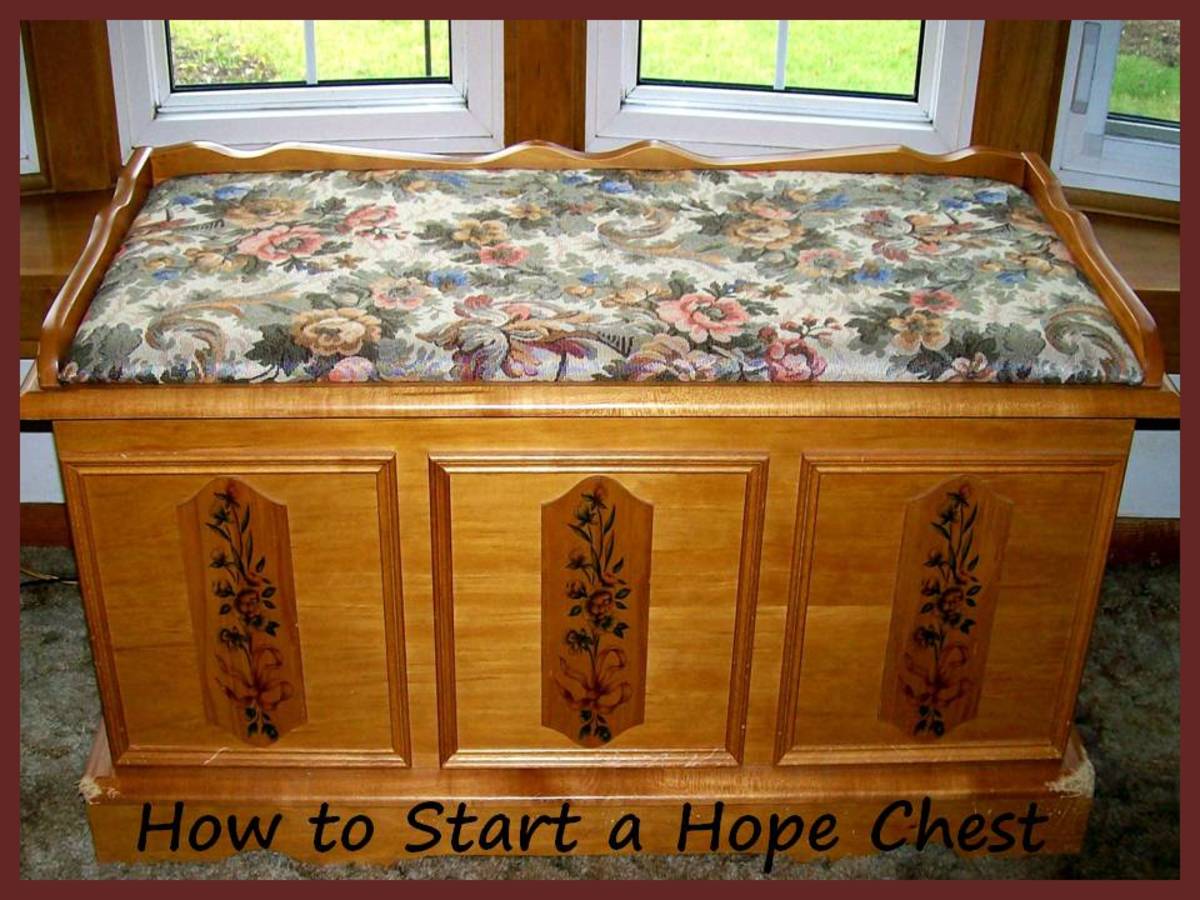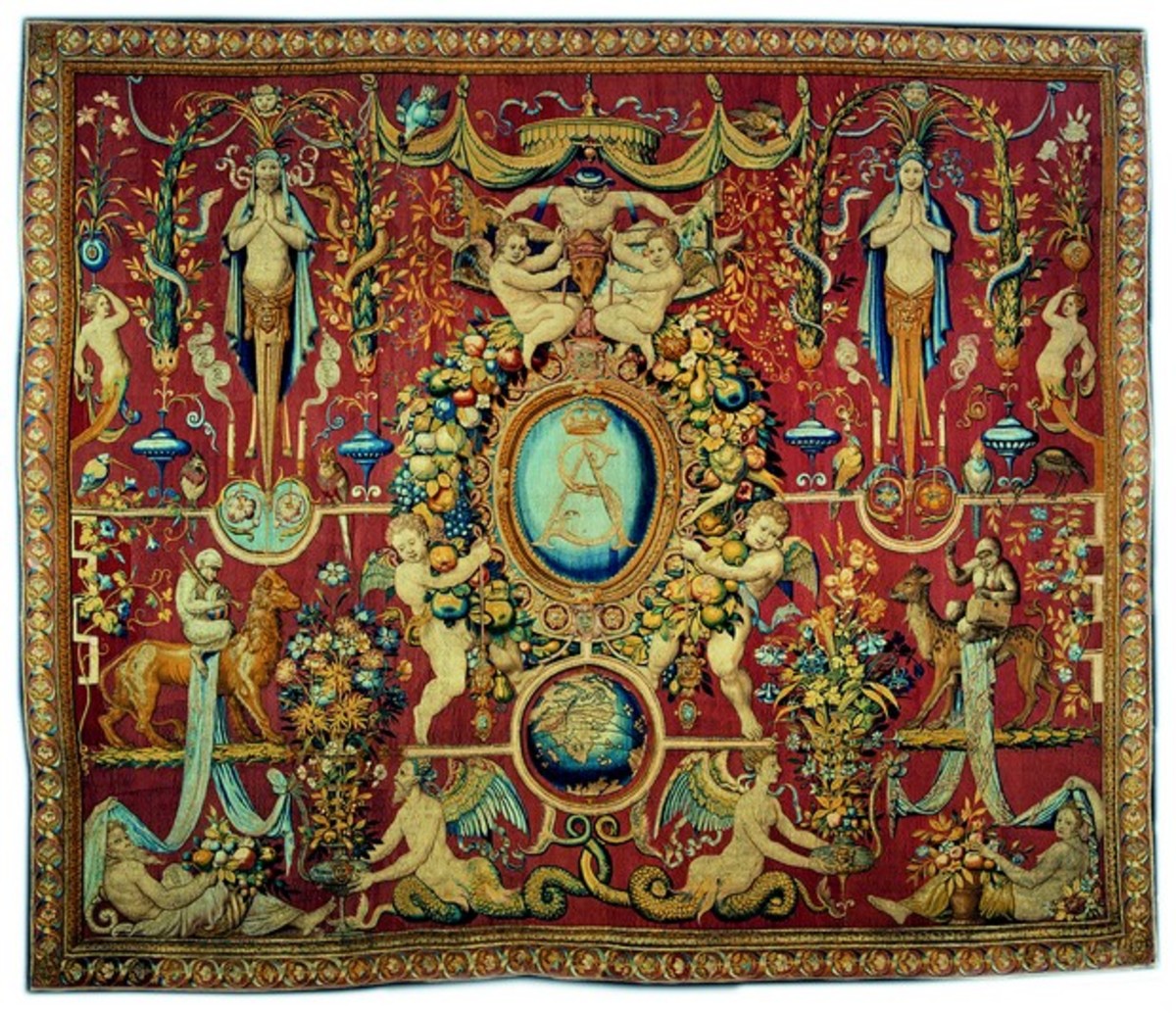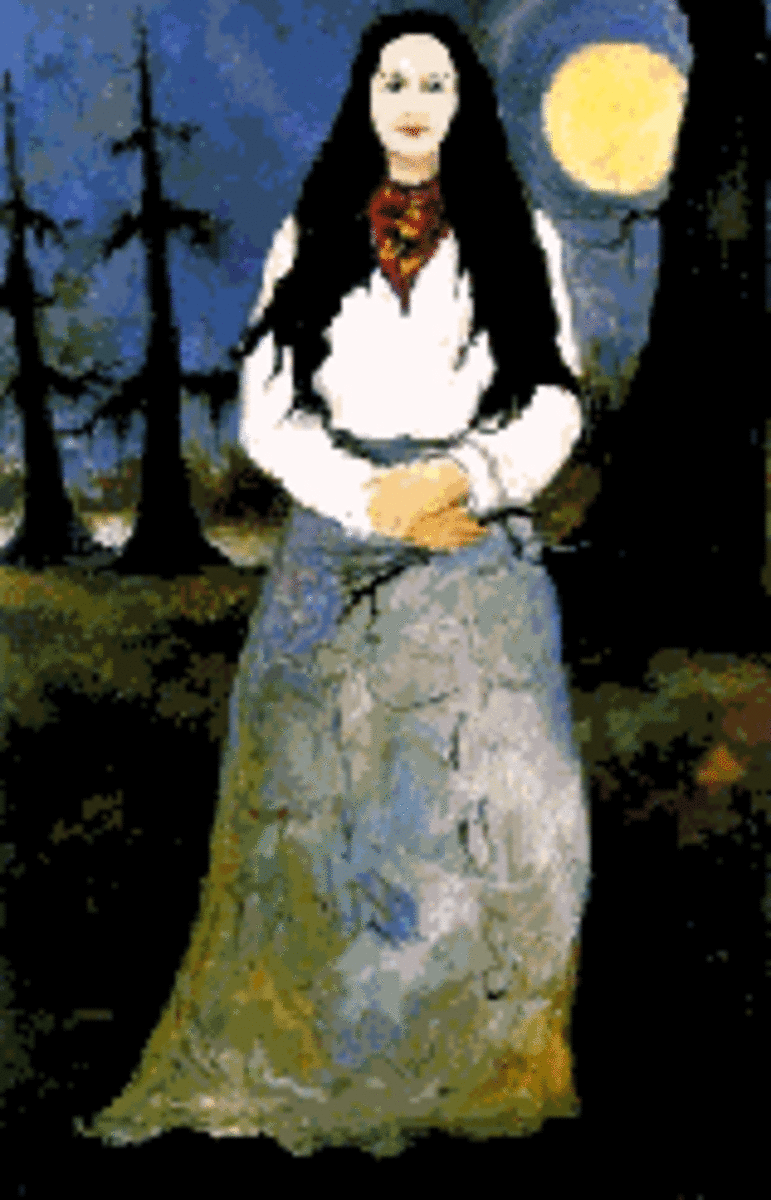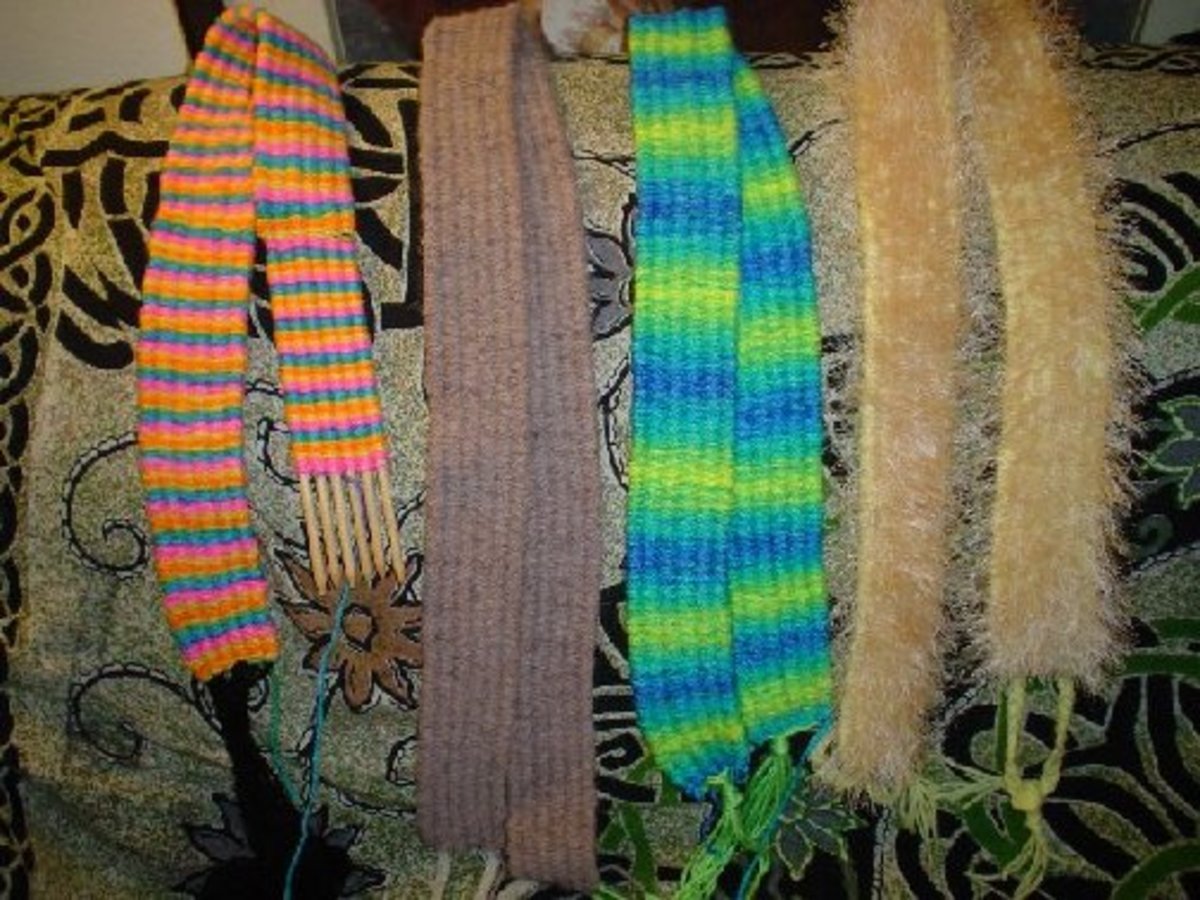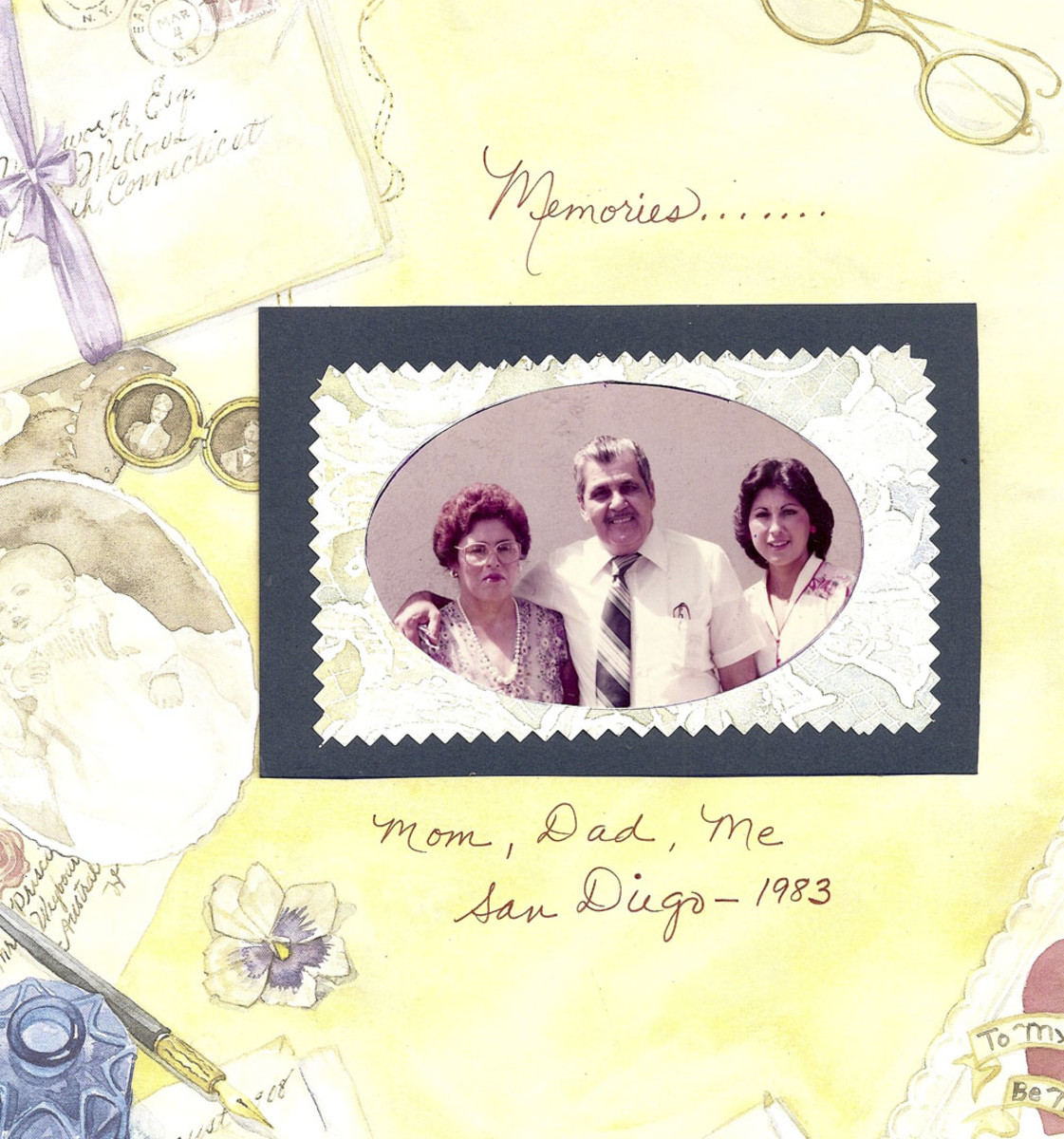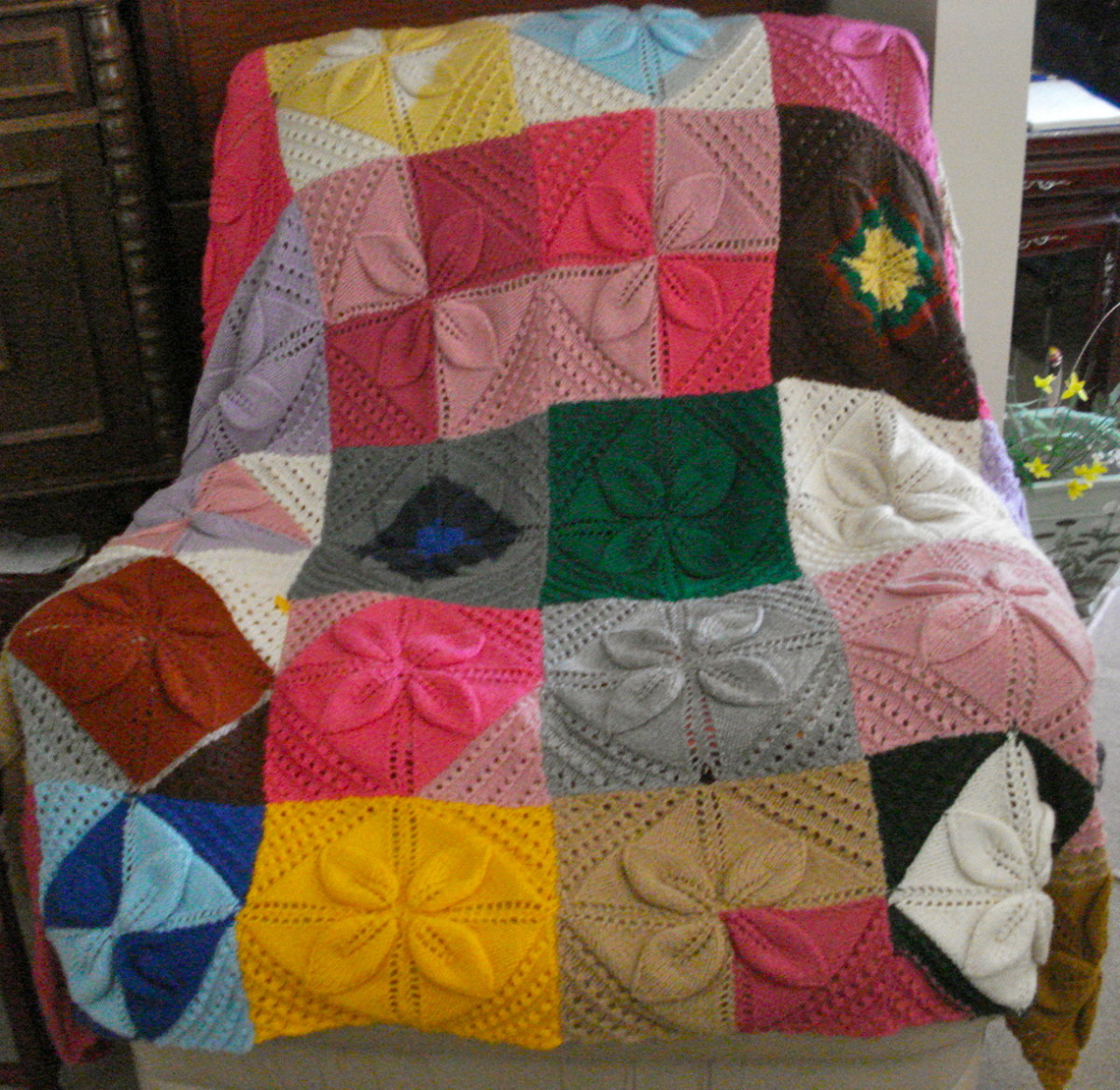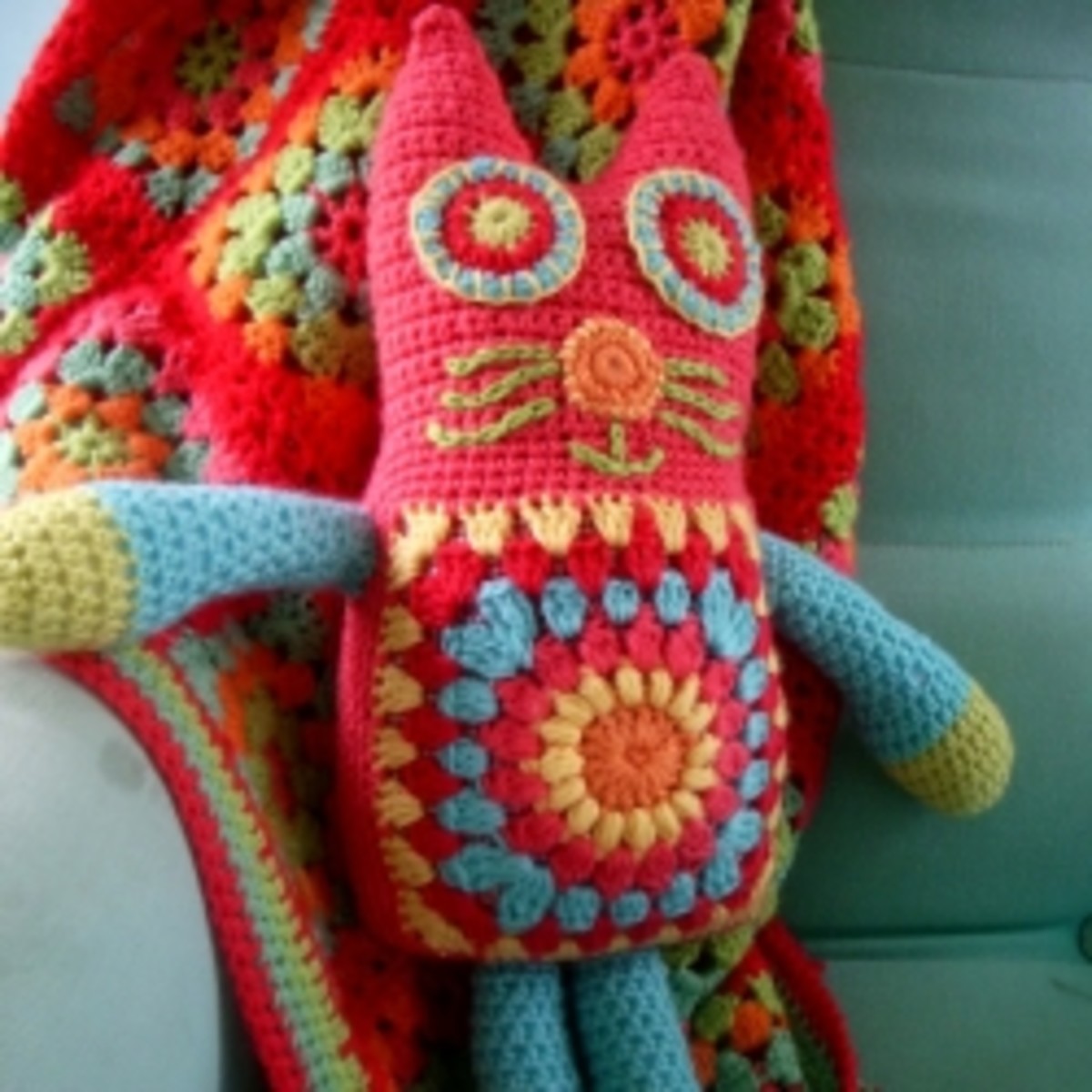- HubPages»
- Arts and Design»
- Crafts & Handiwork»
- Textiles
Acadian Weaving - The Legacy of Mother's Love
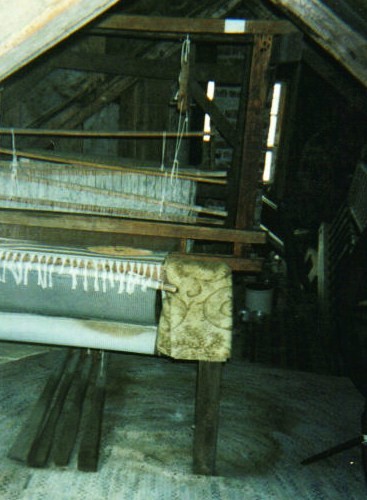
L'Amour de Maman
Hope chests are a thing of the past. Yet, within each of us as parents, we have a chest full of expectations, hopes, dreams, and skills that we would want for our children. What we put into raising our children will determine the value of their chests of hope.
As a girl, I would listen to my Great Grand'mere hum an older version of Cajun song called, Veuves de l'Coulee -- Widows of the Gully, as she sat at her loom and wove a fabric known as "Attakapas cottanade." This was a unique Acadian style of warp and weave, with stripes of white, brown, or blue. She was preparing an Acadian/Cajun tradition of L'amour de maman -- Mother's love for my hope chest.
By tradition, this was a staggering amount of fait au metier -- homespun household linens, for my trousseau. It was an unparalleled investment both in time and effort, in my future as a woman. It would take her more than seven years to complete everything that was to go into that chest.
As a child, of course, it was very difficult to see why I would need so many pillow cases, sheets, blankets, and dish cloths. However, it wasn't what went inside that cypress chest, it was the preparations for my eventual adulthood, that were the real L'amour de Maman. Those gifts would take almost as many years to weave into a hardheaded Cajun girl, as it did for her to complete the requirements for my hope chest.
However, by the time I was an adult, I would know being taught the skills that are necessary to be a successful adult, were far more valuable than what was put inside that old cedar chest. You see, while I was helping her, I was learning skills that would enable me to be self-sufficient. She used the time we would work together, to teach, and talk to me about life skills.

The Weaving Process
Traditionally, the cloth that she wove was on a simple two harness loom. My great Grand'mere knew a large number of different ways to weave for different effects. Generally, the fabrics she used on the resulting end product, were quite plain. She used time-honored Acadian/Cajun traditions of growing the cotton, spinning, weaving, and then finally sewing for some items.
The only colors were white, various shades of brown, and indigo blue, all of which were made from homemade dyes. It wasn't that commercial dyes weren't available, this was just the way that she preferred to work. In the beginning my job was to help her with the dyes. Then, I was promoted to helping with the actual weaving process. By the time I was allowed to participate in the actual sewing process, I had gained immeasurable self-confidence.
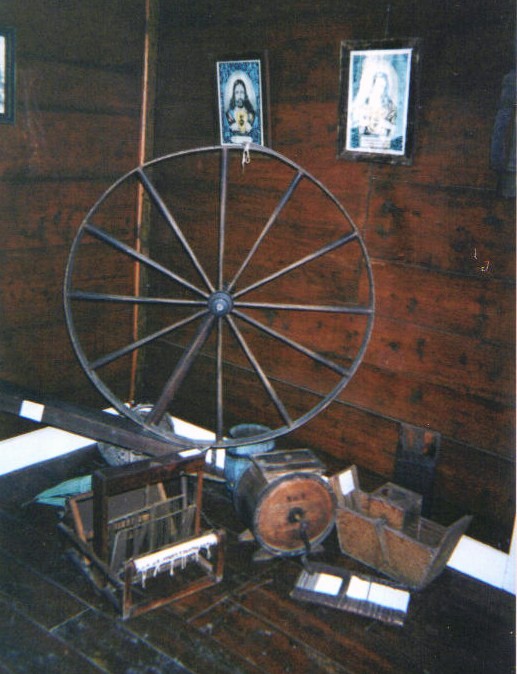
What We Should Be Weaving Today
Sadly, the art of weaving is pretty much a lost art, especially among the Cajun people. My mother still weaves. I know how, but don't weave, as it's too time consuming and not my passion. The other women in our family, not my sister, my daughter, and certainly not my granddaughters -- even have a clue about weaving and all that goes into it.
These days, however, when ever I think about weaving and hope chests, and what they really meant in terms of preparation towards adulthood and marriage -- and that's where I thinking old-time weaving and it's relationship to teaching life skills in preparing your children for becoming adults.
Weaving Hope For Our Children
While hope chests are still nice objects of furniture, the concept of preparation for adulthood and marriage that was behind the practice, was and still is far more important. We're not raising children, we're hopefully raising happy, productive, successful adults. Teaching them real life skills that enable them to cope with the everyday challenges of life, is what weaves the real requirements for both early adulthood and marriage.
It isn't enough to just simply love them and send them off to schools to learn what's important in life. Too many parents and grandparents are guilty of not spending enough time:
- Talking to your children -- not about just their homework and their activities -- talking to them about ideas, books, concepts, and
- Really listen to your children and encourage them.
- Show them by example how to live happy and productive lives.
- Remember children do what you do. Role modeling will do more than telling them what to do.
- Spend the time and effort to get to know their friends. They will emulate their friends, don't be blindsided by not knowing who their friends are.
- Eliminate negativity in your conversations.
- Prepare your children for the real world. Make sure they know how to run a household, balance a check book, pay bills, shop intelligently, etc.
- Make sure that they have the skills to figure out real life challenges, like which credit card really has the best interest rate; how to figure out basic life math; what the true cost of any purchase really is, etc.
- Insure their success in life by making sure above all, that they are completely literate in reading and math. Literacy is more than being able to read, it's all about comprehension.
- Allow them to make mistakes.
- Teach them about owning responsibility.
- Allow them to think for themselves and make good choices.
- Talk to them about the big issues, the uncomfortable subjects.
- Teach them concern for others.
- Nurture their passions.
In modern times, it's just far too easy to let our busy lives interfere in building the future of our children -- leaving them primarily on their own, or leaving the raising of our children up to the educational system. No matter how busy you are you can involve your children in actively helping you, learning from you, and spend your time together in a more pleasant and constructive manner. Don't assume that they will learn what they need to be successful adults in school. They learn all of their important lessons -- from you.
- Cotonnade -- homespun all cotton fabrics
- Clothing weight -- lighter weight fabrics
- Blanket weight -- heavier textiles
Where Did Coton Jaune Go?
My Grand'mere in her last days, would often ask, "Where did the coton jaune go?" What she was referring to, was heirloom types of brown cotton and yellow natural cotton. In pre-Civil war days, this cotton was grown primarily by slaves throughout the South. It was a favorite among Cajun women.
What's interesting about this color and kind of natural cotton, is that it is not only non-fading (a dark copper in color), but the more the fabric is washed, the brighter it becomes. In terms of spinning and weaving it's an easy cotton to work with.
The cotton itself, does well in poor soils and under drought conditions. It has a nice flower of pink-red blooms, and it's somewhat insect resistant. The lint making, is easy to spin off the seed. It would surprise most modern consumers to know that cotton is also naturally green, blue, yellow, and pink -- not the white that most people think of. For anyone interested in growing heirloom seeds, this is one plant to try at least once. Only after you've grown cotton can you truly appreciate what goes into getting cotton to the finished product.

Hope Chests
Prior to the 1950s, having a trousseau wasn't unique to the Cajun culture, it was a practice common among many ethnic groups. The contents that went into these hope chests were primarily linens, but certainly not limited to them. Of course, the chests were in anticipation of the future day, when a young woman would marry.
In our household they were referred to as L'amour de Maman, but in other cultures they were called:
- Hope chests
- Dowry chests
- Glory boxes
- Bridal chests
- German Shrank chests
- Dutch Kast chests
- Blanket chests
- Italian Cassone chests
While hope chests are not once what they were, they are still valuable additions to any household just for their beauty and storage capacities.
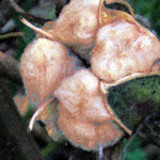
Natural Dyes
One of my jobs was helping to dye cotton and other fibers by use of natural dyes. Grandmere's favorite color was blue, and the making of indigo dyed cotton was no easy process.
It was not my favorite job, it was messy and smelly -- although I had to agree, making the dye was worth the end results. It's still one of my favorite colors to this day.
The men in our family, often competed with Grandmere's needs for the fruits of the indigo plant, because the plant is also useful for supplemental feed for cattle and for a natural fertilizer. The plant originated in India and was once India's most valuable crop. The making of natural indigo dye is still a part of that country's culture and textile industry. Indigo is also native to South America.
The indigo plant is not native to America, although it was a common cash crop throughout the Southern states in early colonial days. It's a member of the bean/pea family. The leaves are a little hairy, usually the leaves face each other or compliment each other. The flowers are small and pleasant looking.
Indigo Dye Instruction
Cajun Folk Remedies Using the Cotton Plant
As a Cajun Traiteuse in training as a child, I learned that cotton seeds were specifically used for cures for fever and to help nursing mothers. Other remedies were made use by the bark and stems, but they were not meant for common use, as they carried certain dangers.

